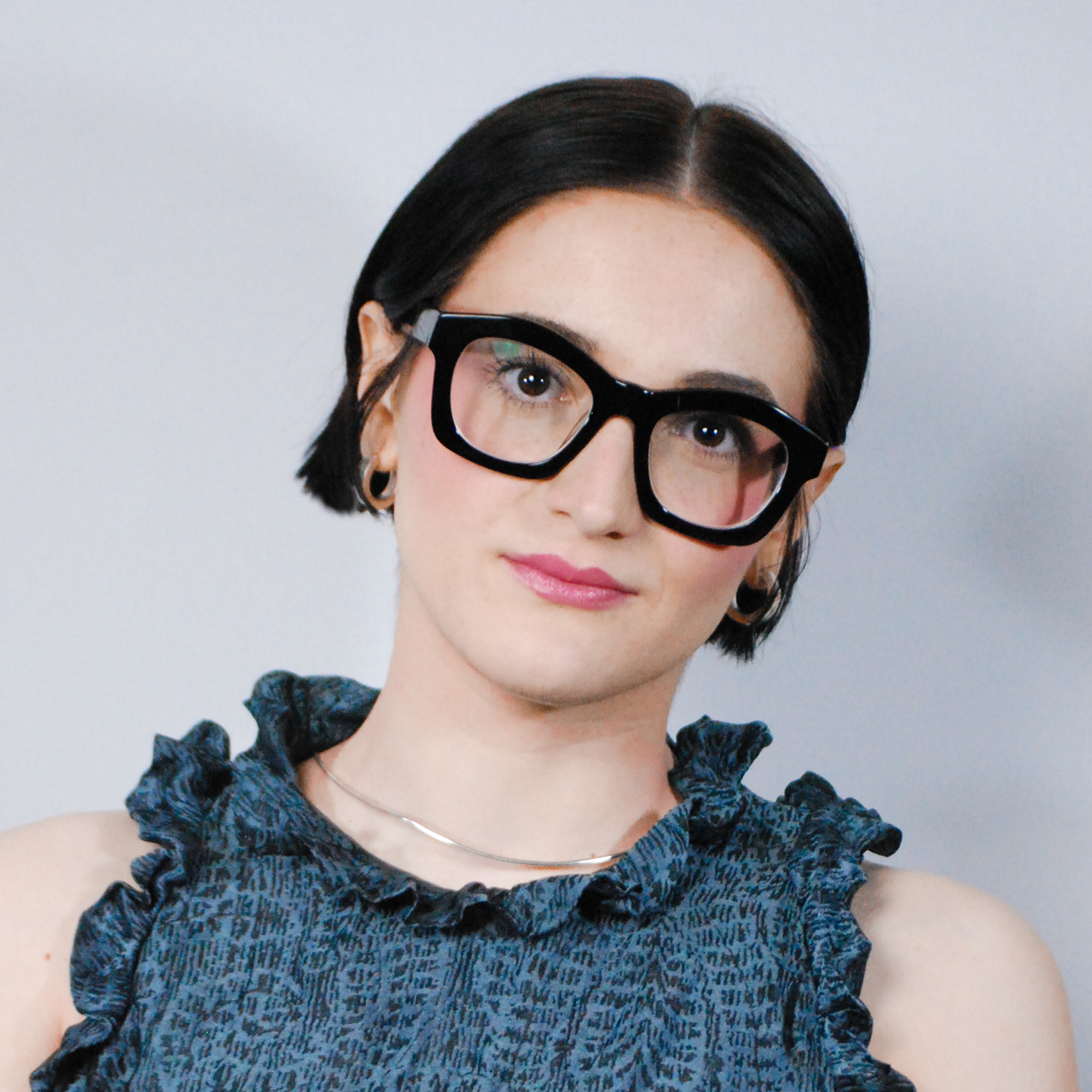Super-Gloves
Category: Accessories
Competitions: International
Super-Gloves possess advanced sensory capabilities, adept at detecting, interpreting, and responding to diverse stimuli. By merging technology with textiles, they exemplify boundless potential for customization, versatility, and practical application. Constructed from lambskin leather as the base and a secondary layer knitted with fine gauge elastic yarn using the 12-gauge Dubied industrial knitting machine, the Gloves unite through sewable snaps, facilitating easy detachment or attachment. Powered by Lilypad Arduino technology, these gloves integrate washable microcontrollers, sensors, and outputs linked via conductive thread, each insulated and secured with permanent textile paint for user safety. The left glove features the Lilypad MP3 microcontroller and three vibration boards. Five open circuits, extending from the Lilypad MP3 microcontroller, are "touch-activated" by the user, triggering associated circuits and playing prerecorded audio through the onboard headphone jack. The three vibration boards are specifically programmed to synchronize and connect with the audio output from the Lilypad MP3, tailored to assist the hearing-impaired through coordinated vibrations. On the right glove, 33 discreet white LEDs embedded within the knit stitch pockets are linked through conductive thread to a light sensor and microcontroller. Controlled by the Lilypad main board microcontroller, these LEDs illuminate in response to darkness detected by the sensor, potentially serving as a safety feature or an alert symbol for individuals with disabilities. As a designer, my aim is to harness this technology not only for its immediate design implications but also to envision its potential applications in medical advancements, circular design, disability aids, and heightened sensorial experiences. The production of these adaptable textiles, capable of altering appearances based on input, offers a promising solution to materialism and pollution, emphasizing the concept of doing more with less. CREDITS: Photographer: Hannah Bauerle @h.bauerle Talent: Addison Yocom @addisonyocom

